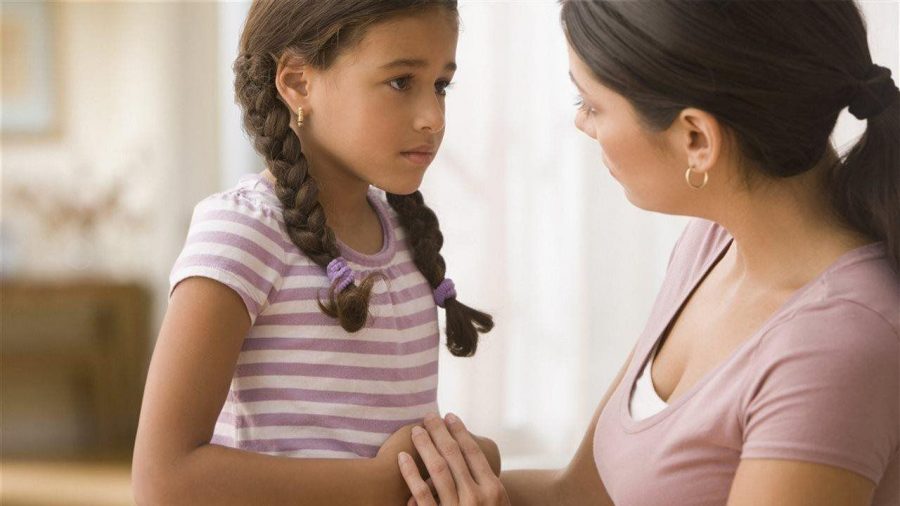How to spot and treat 4 common children’s health Issues
September 12, 2018
(BPT) – From a cough that won’t go away to a sore throat they caught from the classroom, children and their vulnerable immune systems can fall victim to common illnesses quicker and more often than adults. However, while these health issues are typical, it is not always easy to identify what they are when symptoms strike.
According to pediatric doctor Dr. Nina Shapiro, an important part in understanding a child’s symptoms is also being prepared to help fight back with the right tools at home and to know when it’s time to bring them to see a doctor.
Alleviating some of the uncomfortable symptoms at the first signs of sickness or discomfort will help your child get back to being a kid faster and can aid their long-term health. When pain and discomfort do strike, knowing the signs and symptoms of some of these common problems can help determine the best course of action.
1. Ear pain
Ear pain can be caused by myriad issues, including swimmer’s ear, an existing cold, an ear infection or tooth pain traveling up the jawline, among other things. An over-the-counter pain reliever, elevating the child’s head when sleeping and a warm compress on the ear may help lessen the discomfort. However, if the pain continues to worsen, is accompanied by a high fever and/or swelling and pus exists, the best option is to visit a pediatrician for an in-office exam to determine the exact cause.
2. Constipation
According to a recent survey commissioned by Pedia-Lax, nearly 45 percent of parents with children between ages 2 and 11 noted their children experience constipation at least once a month. Recognizing the symptoms of constipation can be tricky depending on the child’s age — especially if they can’t voice their issue. Luckily, there are physical and emotional symptoms to look out for, including less than three bowel movements a week, stomachaches, a decrease in appetite and increased irritability. When it comes to treating constipation, not all options are created equal. Shapiro suggests opting for a medicine that’s formulated specifically for children versus an adult formula. Pedia-Lax is the only pediatric brand that offers a full line of laxative products that are fast, safe and specifically made for kids to help support digestive health and ease constipation. To help prevent constipation, encourage your child to eat a well-balanced, fiber-rich diet, drink lots of fluids and speak up whenever they feel they need to use the restroom.
3. Hand, foot and mouth disease
Hand, foot and mouth disease is a pesky, highly contagious illness often seen in young children — especially during the beginning of the school year when children are back inside in close quarters. It is caused by a virus similar to the cold virus and, as the name suggests, can involve the hands (primarily the palms), the feet (primarily the soles) and the mouth. Telltale signs are sore throat due to sores on the palate and the lips, sores on the palms and sores on the feet. In general, the throat sores tend to give the worst of the symptoms, leading to inability to swallow, severe throat pain and fevers. Kids that refuse to eat or drink due to throat pain can be at risk for dehydration. The treatment plan includes pain medications, drinking cool liquids and rest.
4. Pink eye
From the bus to the classroom to the playground, children often spend a lot of time in close quarters with their friends. While sharing is an important lesson to learn at a young age, kids will often, unfortunately, share their germs too. Pink eye is commonly spread through hand-to-hand contact, which can transport the highly contagious virus and occasionally a bacterium to the eyes. While symptoms like itchy and watery eyes could be mistaken for allergies, watch out for increased yellow or green discharge and a change in color to the whites of the eye, which may indicate pink eye. Over-the-counter eye drops and a warm compress on the eyes can help soothe the irritation at home but, given how fast the virus can spread to family and friends, it’s always best to head to a doctor for medication. Sometimes doctors will prescribe an antibiotic eyedrop if the infection appears to be bacterial and not viral.
When sickness strikes, it’s important to be armed and ready with not only the knowledge of the common symptoms of these pediatric health issues, but also the best treatment options so your child can get back to the playground in no time. For more information on children’s digestive health, visit Pedia-lax.com.










